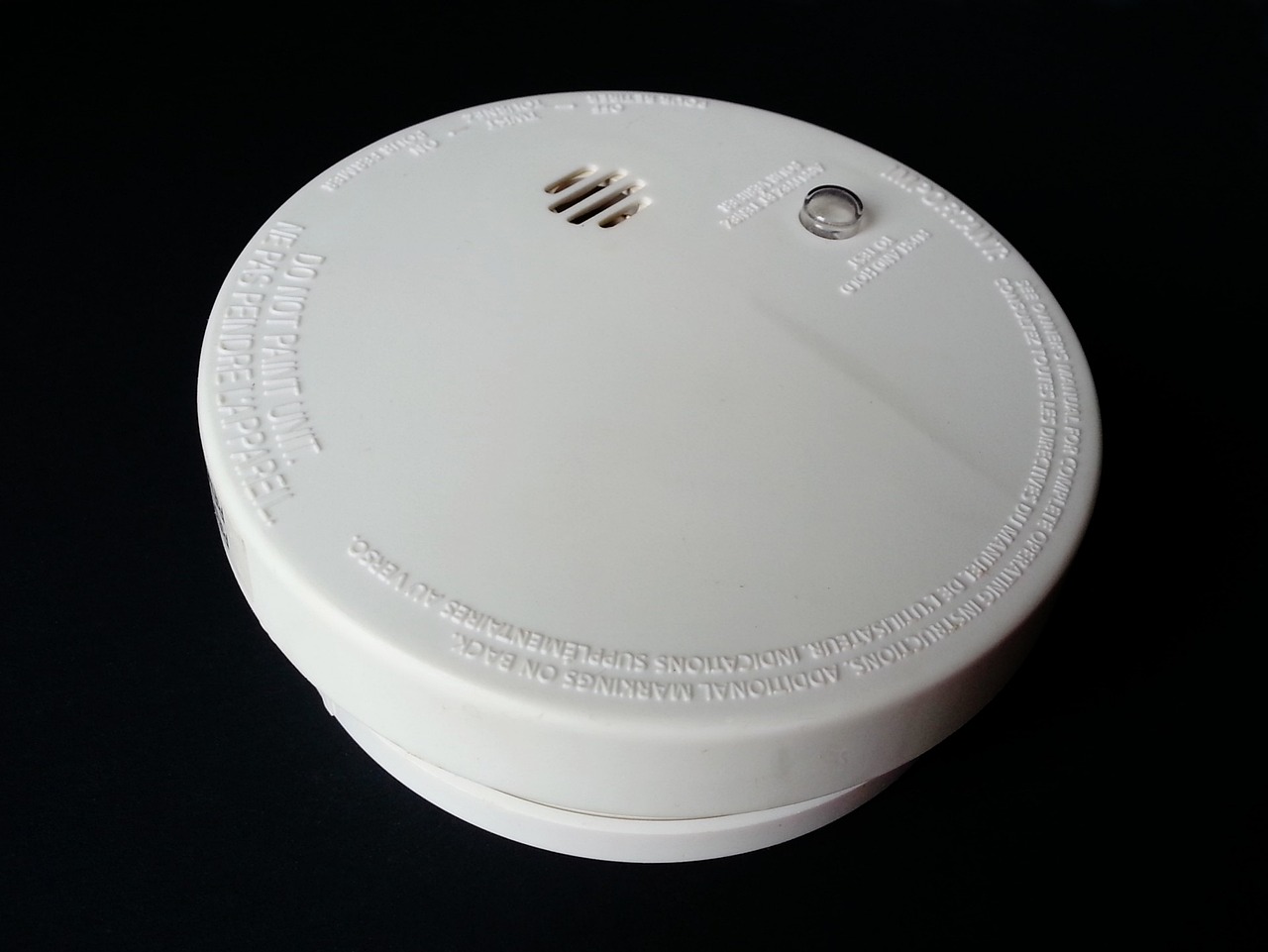Smoke detectors and alarms are your first line of defense against fire, offering precious seconds to escape in a potentially life-threatening situation. But just like any guardian angel, they need proper care to function effectively. Let’s talk about the different types of detectors and alarms, their benefits, and crucial tips for their installation, testing, and maintenance.
Knowing Your Smoke Detectors:
There are two main types of smoke detectors:
- Photoelectric: These are more sensitive to smoldering fires that produce thicker smoke particles. They’re ideal for bedrooms and living areas.
- Ionization: More responsive to flaming fires with fast-moving, smaller smoke particles. They’re suitable for kitchens and areas with potential grease fires.
Finding the Perfect Match:
- Combination Detectors: Combine both photoelectric and ionization technologies for broader fire detection.
- Wireless Interconnected Alarms: Offer a convenient network, where activating one triggers all alarms in the house.
- Smart Smoke Detectors: Connect to your smart home system, sending alerts to your phone and potentially controlling other smart devices.
Installation Essentials:
- Location is Key: Install detectors on every level of your home, outside sleeping areas, and at least 10 feet from doors and windows.
- Avoid Dead Zones: Don’t place detectors near ceiling fans, vents, or dusty areas.
- Follow Manufacturer’s Instructions: Each detector comes with specific installation guidelines. Ensure proper mounting and electrical connections.
Testing and Maintenance:
- Test Monthly: Use the test button to ensure functionality. Don’t ignore chirping alarms – replace batteries immediately.
- Clean Regularly: Use a vacuum cleaner with a soft brush attachment to remove dust and debris from detector vents.
- Replace Detectors Every 10 Years: Even well-maintained detectors degrade over time. Replace them according to the manufacturer’s lifespan.
Beyond the Basics:
- Consider Carbon Monoxide (CO) Detectors: CO is odorless and colorless, so having a CO detector provides added protection against this invisible threat.
- Invest in Fire Extinguishers: Having a readily accessible fire extinguisher can help control small fires before they escalate.
- Practice Your Escape Plan: Regularly rehearse your fire escape plan with everyone in your household, ensuring everyone knows the exits and designated meeting point.
Remember: Smoke detectors and alarms are essential lifesavers, but they require your active participation to remain effective. By understanding the different types, practicing proper installation and maintenance, and integrating them into your fire safety plan, you can empower your home with the best possible defense against fire.
Bonus Tip: Contact your local fire department for information on free smoke detector installation programs or safety inspections offered in your community.
